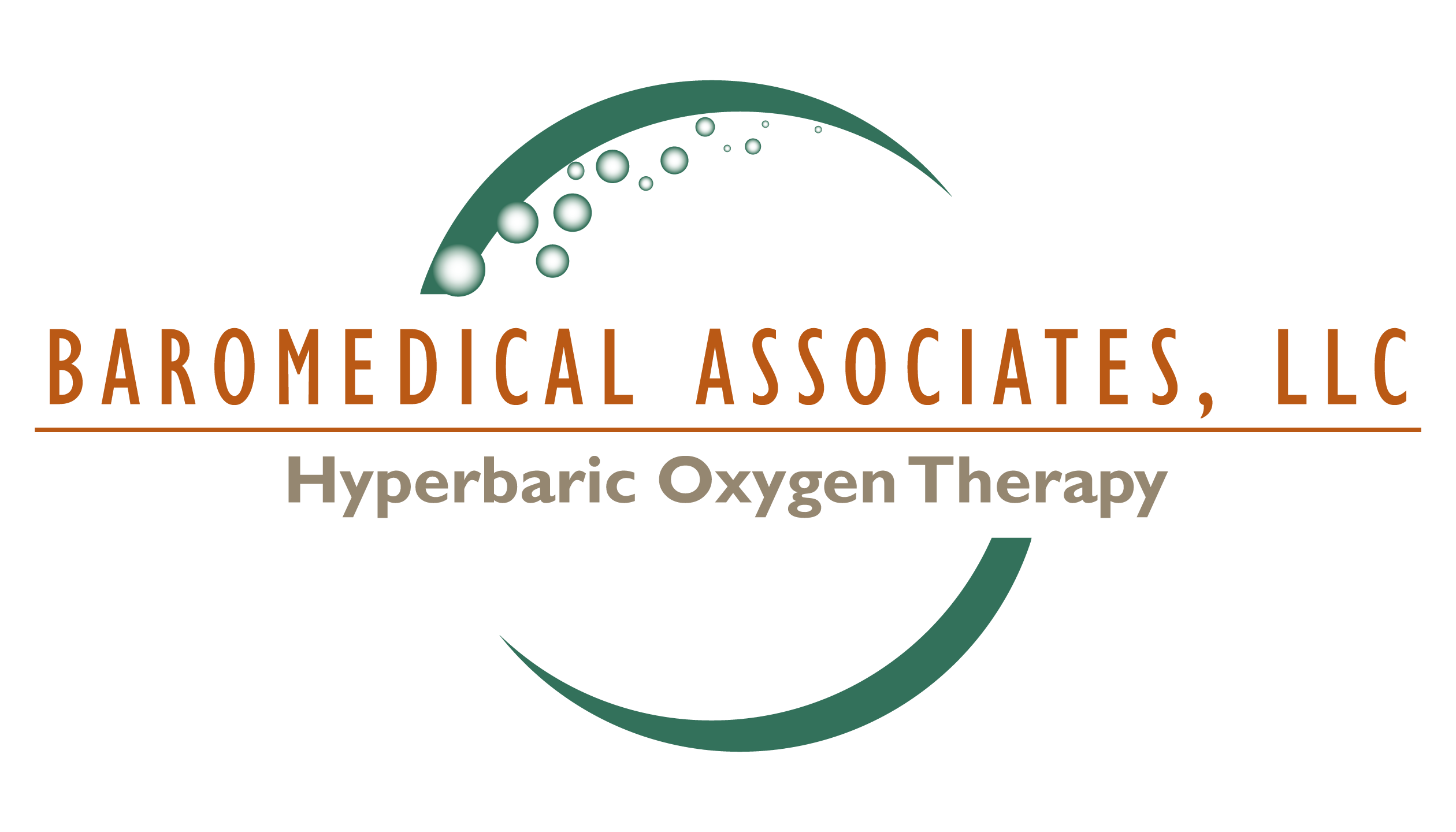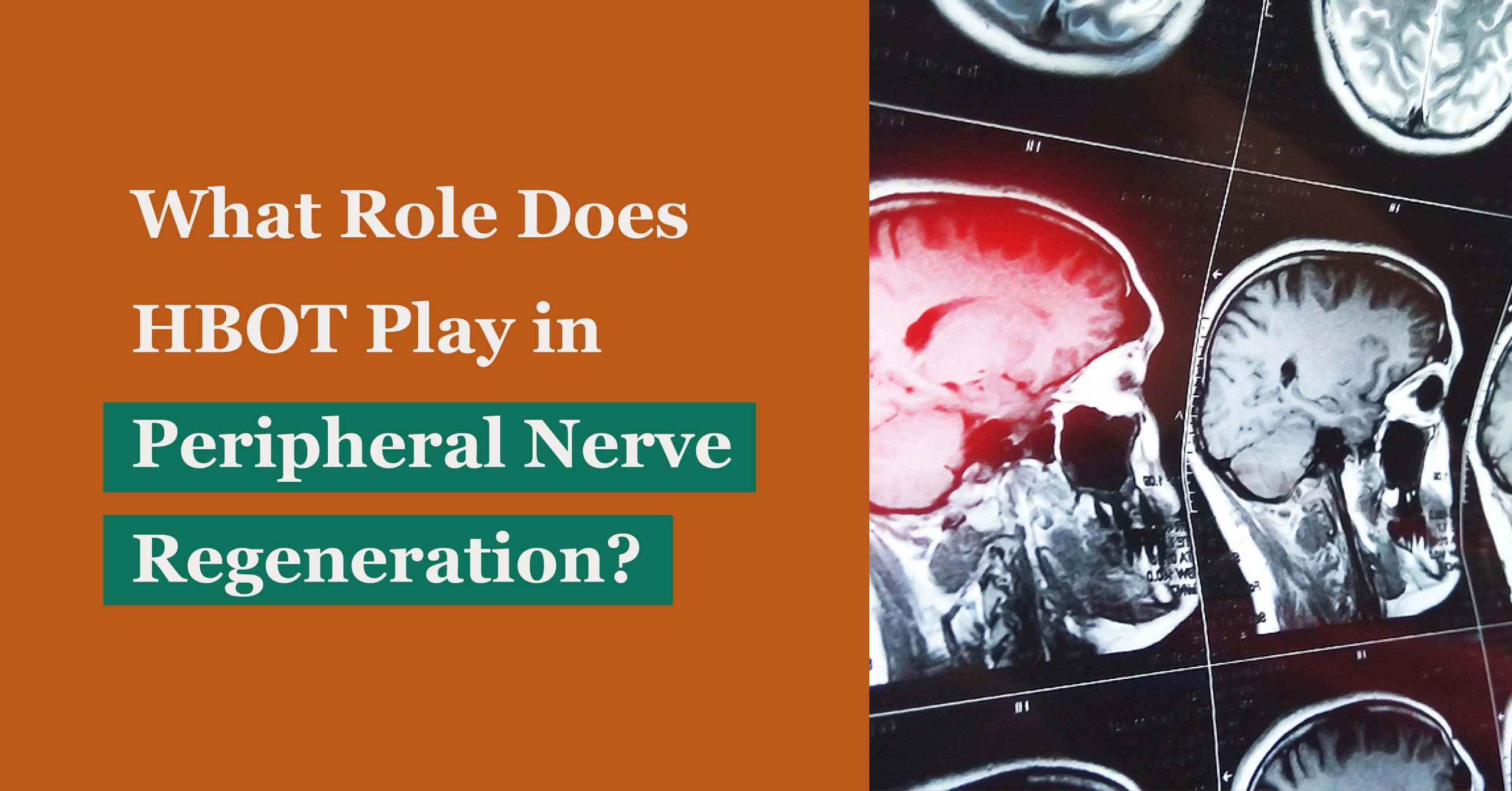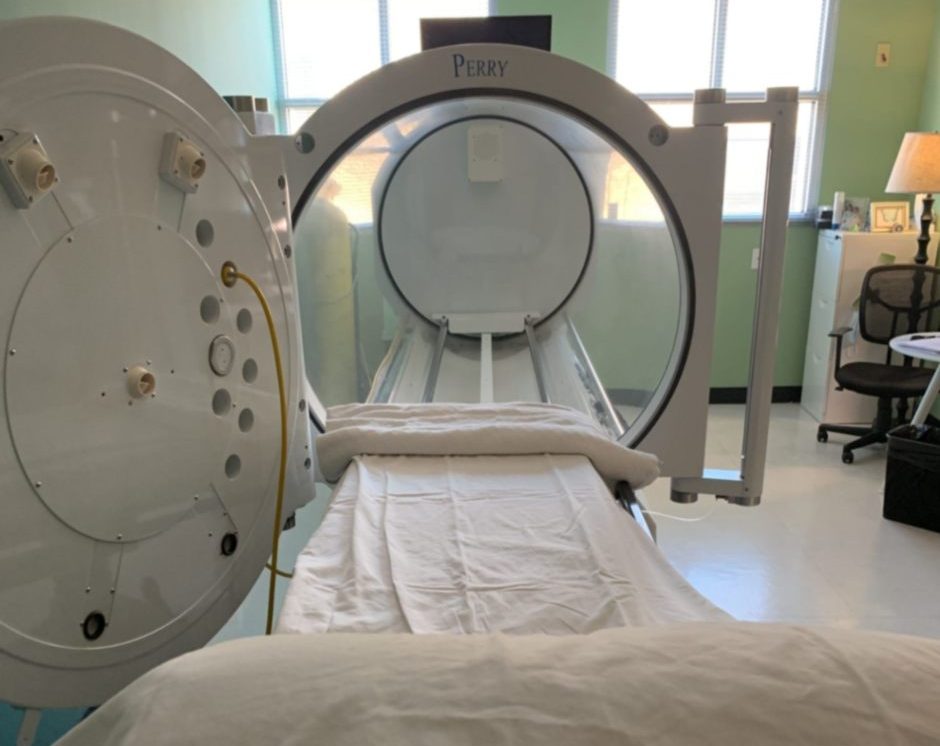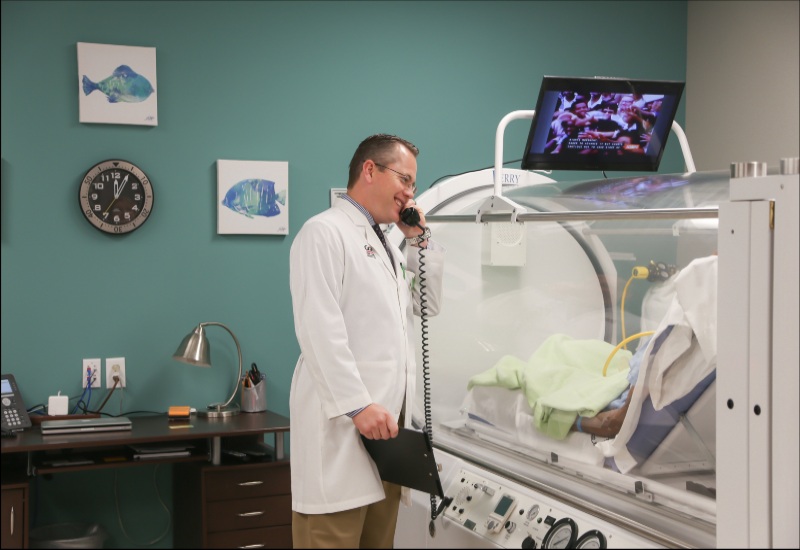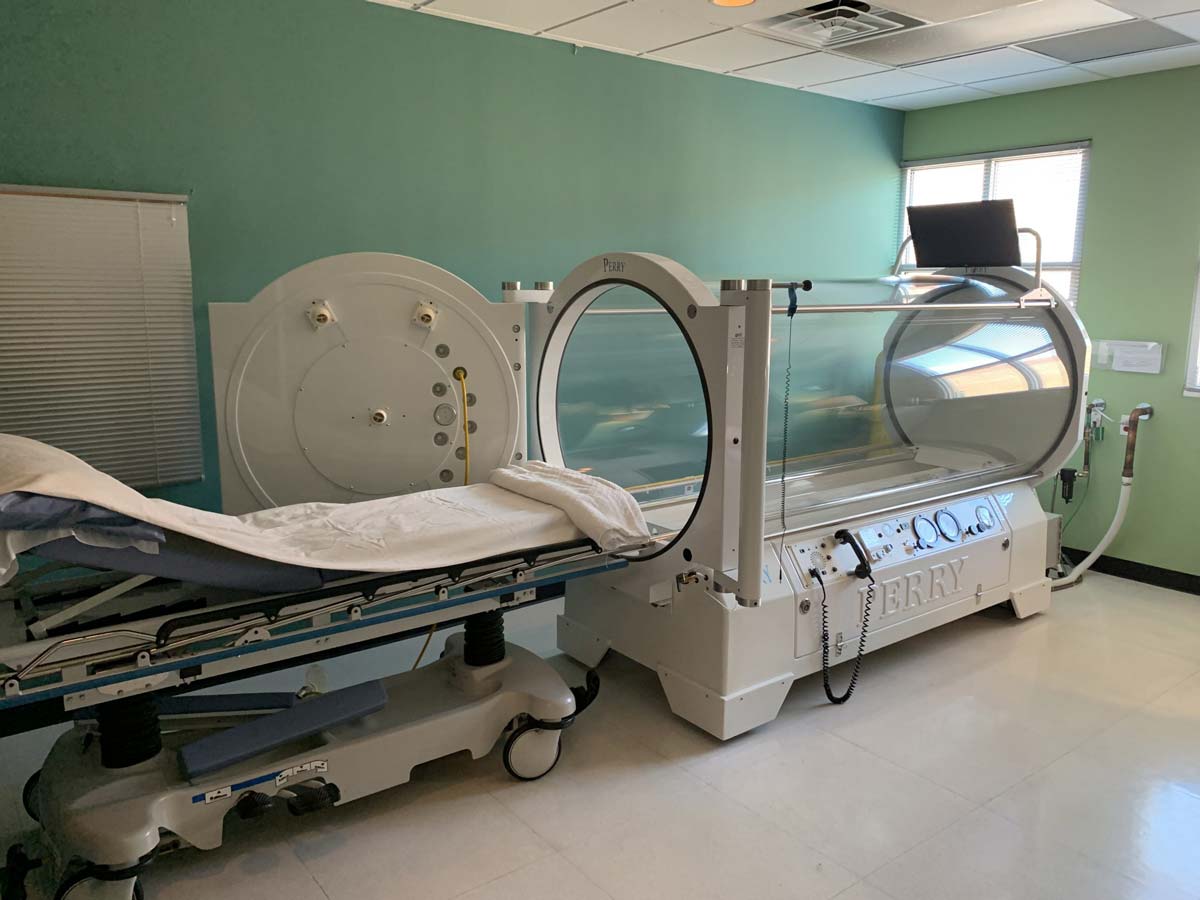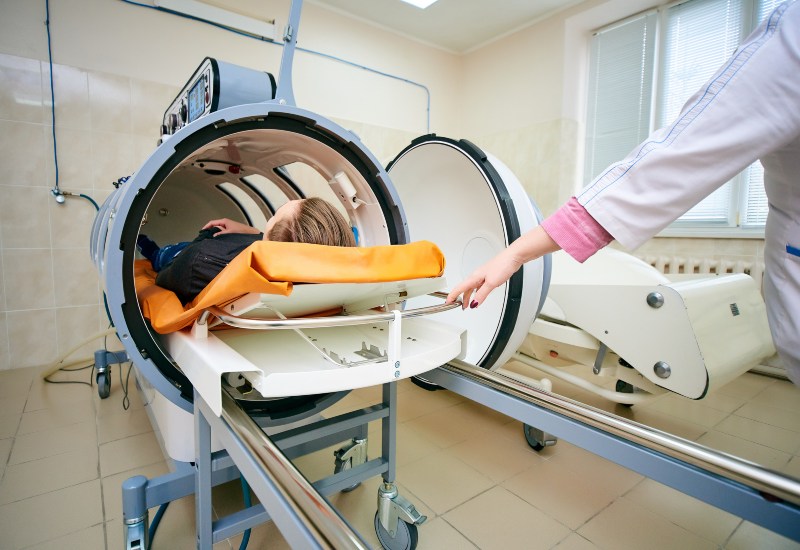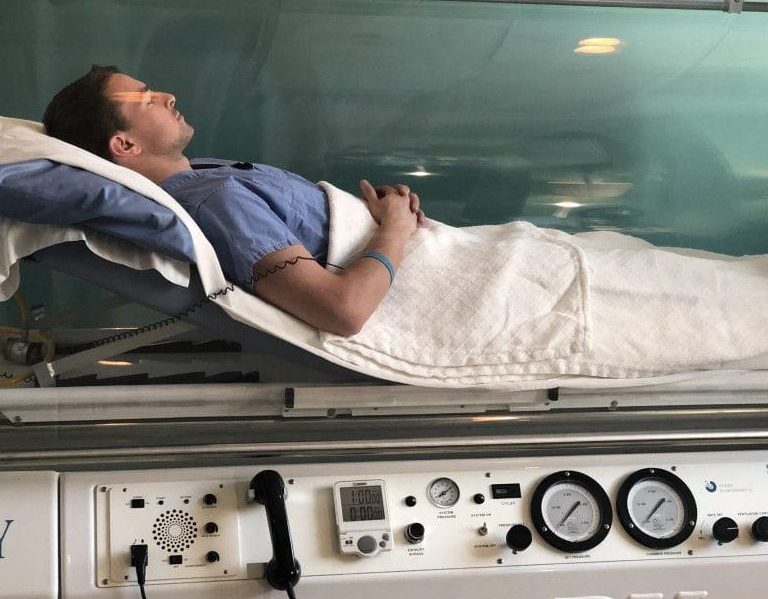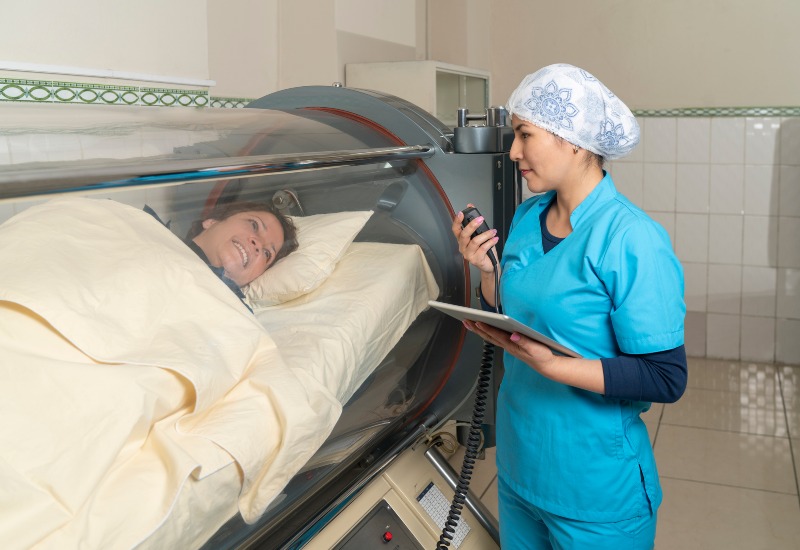Peripheral nerves are the body’s communication highways, transmitting signals between the brain and the rest of the body. When these nerves are damaged, symptoms like pain and numbness may develop. One treatment option gaining attention is hyperbaric oxygen therapy (HBOT). But how does oxygen therapy promote neural recovery? Find out here.
Symptoms of Peripheral Nerve Damage
Peripheral nerve damage, or neuropathy, may stem from injuries, infections, metabolic issues, and exposure to toxins. Common symptoms include:
- Tingling or numbness
- Sensitivity to temperature, touch, pain, or vibrations
- Sharp, burning, throbbing, or freezing pain
- Lack of coordination
- Muscle weakness
- Bowel, bladder, and digestive issues
- Altered blood pressure leading to dizziness or lightheadedness
What is Hyperbaric Oxygen Therapy?
HBOT involves breathing pure oxygen in a pressurized chamber, which increases how much oxygen your blood can carry. Originally used for conditions like decompression sickness and radiation tissue damage, HBOT has expanded to treat various medical conditions, including peripheral nerve trauma.
How Does HBOT Aid in Nerve Regeneration?
While research is ongoing, hyperbaric oxygen therapy has shown promise in supporting peripheral nerve regeneration by using the power of oxygen to accelerate the body’s natural healing processes. For some, HBOT restores the ability to perform everyday tasks that once seemed impossible.
But how exactly does it work? Here’s the science behind this peripheral nerve repair therapy:
- Boosted oxygen levels: When nerves are injured, they often suffer from a lack of oxygen (hypoxia), which slows the repair process. HBOT counteracts this by flooding the bloodstream with oxygen, creating optimal conditions for nerve healing.
- Stimulated nerve growth factors: HBOT stimulates the production of essential nerve growth factors, which help repair damaged nerves and encourage new nerve fibers to grow.
- Angiogenesis: Oxygen therapy promotes the growth of new blood vessels (angiogenesis), improving circulation and delivering oxygen and nutrients to the affected areas.
- Reduced inflammation: Inflammation is a common response to nerve injury, but it can slow recovery if it becomes chronic. HBOT regulates the body’s inflammatory response so damaged nerves can regenerate in a healthier environment.
- Enhanced cellular repair and function: Oxygen therapy increases cellular metabolism and promotes the production of ATP (the body’s energy molecule). With more energy available, damaged nerve cells can repair and rebuild faster.
- Pain relief: Many neuropathy patients report decreased pain after consistent HBOT sessions. It’s believed that HBOT desensitizes overactive nerve pathways and reduces the hypersensitivity that leads to chronic pain.
What Do Studies Reveal?
Research on hyperbaric oxygen therapy shows mixed results for nerve regeneration and neuropathy relief but highlights its potential benefits in specific contexts. For instance, HBOT consistently improves symptoms like pain and tingling in diabetic and HIV-associated neuropathies, but changes in nerve conduction and regeneration are inconsistent. Also, animal studies show that HBOT effectively regenerates nerves in moderate cases but has limited impact when treating severe nerve damage1.
Consider Nerve Damage Healing with HBOT
If you’re exploring peripheral nerve repair therapies, HBOT is worth considering. Baromedical Associates is your source for advanced, effective hyperbaric oxygen therapy. Patients worldwide seek our services to benefit from our innovative treatments and dedicated care. We’ll create a personalized treatment plan to speed up peripheral nerve regeneration and improve your quality of life. Contact us today to schedule an appointment at one of our four locations in the Dallas Metro area.
Reference: Hyperbaric Oxygen Therapy for Neuropathy
